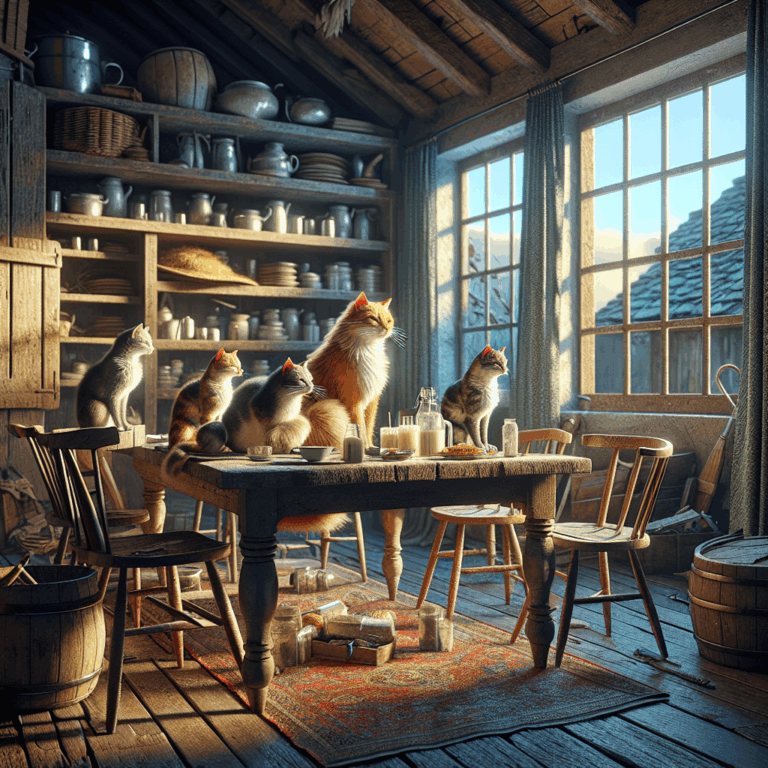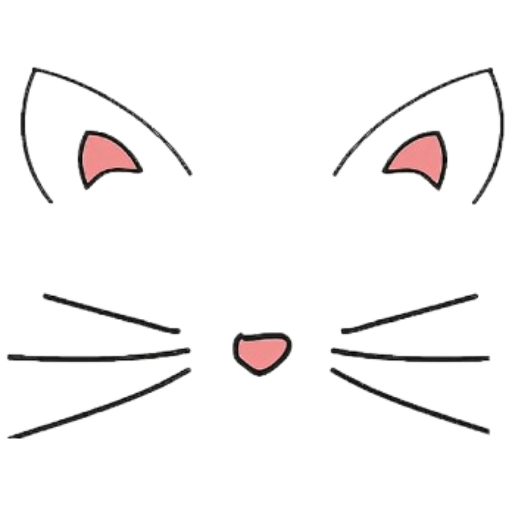The Feline Innovators of Literature: Cats and Their Influence on Storytelling
- 16 Comments
In the realm of storytelling, cats have long captivated the imaginations of writers and readers alike. From ancient mythologies to modern bestsellers, these enigmatic creatures have played pivotal roles not only as characters but also as muses, guiding the creative processes of authors around the world. Their presence in literature is as diverse as it is profound, spanning cultures and eras, and continually enriching the narrative arts with their mystique and charm.
The influence of cats in literature can be traced back to ancient Egypt, where felines were revered as divine beings. Bastet, the Egyptian goddess with the head of a lioness, was a symbol of protection and fertility, often appearing in stories that emphasized the balance between chaos and order. This reverence for cats laid the groundwork for their continued prominence in storytelling across various civilizations. In Norse mythology, cats drew the chariot of Freyja, the goddess of love, further cementing their role as significant figures in narrative traditions.
As literature evolved, cats became central figures in folklore and fairy tales. The Brothers Grimm popularized the cunning and resourceful nature of cats in tales like “Puss in Boots,” where a clever feline uses wit and charm to alter the fortunes of its owner. This story, along with countless others, highlights the archetype of the cat as a trickster, a theme that persists in literature to this day.
In more contemporary works, cats have continued to inspire writers with their mysterious and independent nature. T.S. Eliot’s “Old Possum’s Book of Practical Cats” is a delightful collection of poems that not only celebrates the unique personalities of different cats but also serves as the basis for Andrew Lloyd Webber’s iconic musical “Cats.” This transition from page to stage exemplifies how cats can leap from the written word to become cultural phenomena.
Moreover, cats often serve as symbols or metaphors in literature, reflecting qualities such as independence, curiosity, and resilience. Haruki Murakami, a modern literary giant, frequently incorporates cats into his narratives, using them to explore themes of loneliness and the supernatural. In his novel “Kafka on the Shore,” cats communicate with humans, blurring the lines between reality and imagination and offering profound insights into the human condition.
The allure of cats in storytelling is not confined to fiction. Non-fiction literature has also been enriched by feline influences. Works like “Dewey: The Small-Town Library Cat Who Touched the World” by Vicki Myron, and “A Street Cat Named Bob” by James Bowen, demonstrate the profound impact cats can have on human lives, offering companionship and inspiration that transcends the pages of a book.
In the digital age, the presence of cats in literature continues to thrive. Social media has spawned a new breed of narrative, where cats are not only subjects of viral stories but active participants in the creation of content. The rise of cat influencers and their associated tales on platforms like Instagram and TikTok has further solidified the bond between cats and storytelling, reaching audiences in ways that traditional literature once did.
In conclusion, the influence of cats in literature is a testament to their enduring appeal and the depth of their connection with human creativity. As muses, characters, and symbols, cats continue to inspire writers to explore the complexities of life through their unique lens. Whether in ancient myths or modern novels, the feline presence in storytelling reminds us of the endless possibilities of the narrative arts and our universal fascination with these enigmatic companions.

In the realm of storytelling, cats have long captivated the imaginations of writers and readers alike. From ancient mythologies to modern bestsellers, these enigmatic creatures have played pivotal roles not only as characters but also as muses, guiding the creative processes of authors around the world. Their presence in literature is as diverse as it is profound, spanning cultures and eras, and continually enriching the narrative arts with their mystique and charm.
The influence of cats in literature can be traced back to ancient Egypt, where felines were revered as divine beings. Bastet, the Egyptian goddess with the head of a lioness, was a symbol of protection and fertility, often appearing in stories that emphasized the balance between chaos and order. This reverence for cats laid the groundwork for their continued prominence in storytelling across various civilizations. In Norse mythology, cats drew the chariot of Freyja, the goddess of love, further cementing their role as significant figures in narrative traditions.
As literature evolved, cats became central figures in folklore and fairy tales. The Brothers Grimm popularized the cunning and resourceful nature of cats in tales like “Puss in Boots,” where a clever feline uses wit and charm to alter the fortunes of its owner. This story, along with countless others, highlights the archetype of the cat as a trickster, a theme that persists in literature to this day.
In more contemporary works, cats have continued to inspire writers with their mysterious and independent nature. T.S. Eliot’s “Old Possum’s Book of Practical Cats” is a delightful collection of poems that not only celebrates the unique personalities of different cats but also serves as the basis for Andrew Lloyd Webber’s iconic musical “Cats.” This transition from page to stage exemplifies how cats can leap from the written word to become cultural phenomena.
Moreover, cats often serve as symbols or metaphors in literature, reflecting qualities such as independence, curiosity, and resilience. Haruki Murakami, a modern literary giant, frequently incorporates cats into his narratives, using them to explore themes of loneliness and the supernatural. In his novel “Kafka on the Shore,” cats communicate with humans, blurring the lines between reality and imagination and offering profound insights into the human condition.
The allure of cats in storytelling is not confined to fiction. Non-fiction literature has also been enriched by feline influences. Works like “Dewey: The Small-Town Library Cat Who Touched the World” by Vicki Myron, and “A Street Cat Named Bob” by James Bowen, demonstrate the profound impact cats can have on human lives, offering companionship and inspiration that transcends the pages of a book.
In the digital age, the presence of cats in literature continues to thrive. Social media has spawned a new breed of narrative, where cats are not only subjects of viral stories but active participants in the creation of content. The rise of cat influencers and their associated tales on platforms like Instagram and TikTok has further solidified the bond between cats and storytelling, reaching audiences in ways that traditional literature once did.
In conclusion, the influence of cats in literature is a testament to their enduring appeal and the depth of their connection with human creativity. As muses, characters, and symbols, cats continue to inspire writers to explore the complexities of life through their unique lens. Whether in ancient myths or modern novels, the feline presence in storytelling reminds us of the endless possibilities of the narrative arts and our universal fascination with these enigmatic companions.



16 thoughts on “The Feline Innovators of Literature: Cats and Their Influence on Storytelling”
This post wonderfully highlights how these intriguing creatures have inspired and enriched storytelling throughout history.
Pingback: commander 5 comprimés de kamagra
Pingback: kamagra koupit fedex
Pingback: cheap itraconazole generic pharmacy usa
Pingback: online pharmacy fildena cod
Pingback: cheap gabapentin generic sale
Pingback: buy cheap flexeril cyclobenzaprine generic from india
Pingback: online order dutasteride generic equivalent buy
Pingback: buy avodart without prescriptions uk
Pingback: buy staxyn generic online mastercard
Pingback: online order xifaxan generic next day delivery
Pingback: rifaximin cheap price
Pingback: get enclomiphene canadian sales
Pingback: how to order androxal price at walmart
This insightful post highlights the fascinating role cats have played in shaping the world of storytelling.
This insightful post beautifully highlights the intriguing role of cats in shaping literary narratives throughout history.